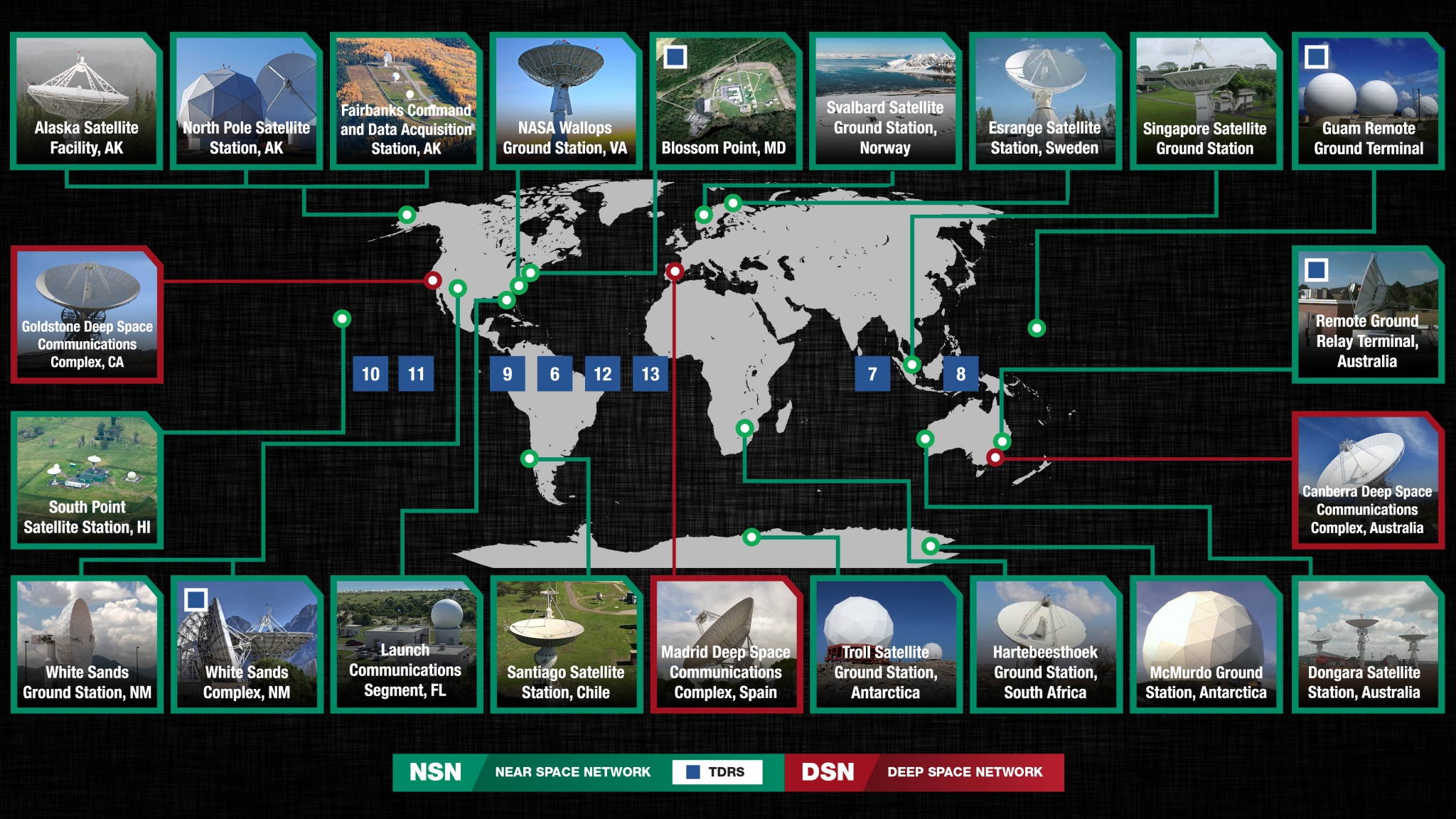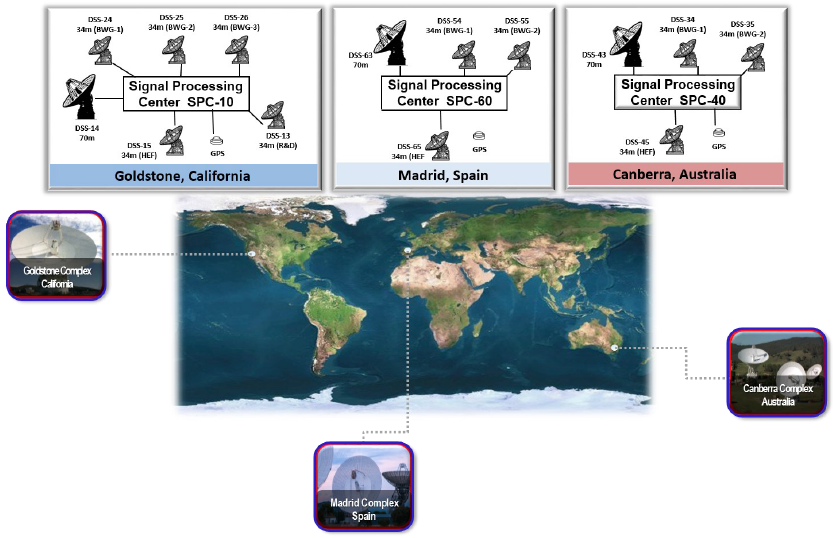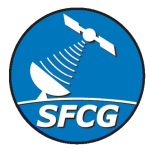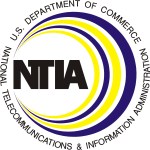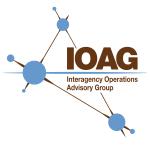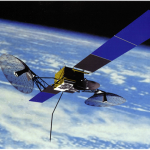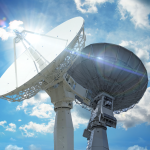SCaN Networks
Services and Scheduling
SCaN offers a comprehensive set of standard services based upon its charter to provide communications and navigation for its customers from launch through the entire mission life cycle. Customers—including NASA, national and international partner agencies, and commercial spacecraft—are provided services through the Deep Space Network, managed by NASA’s Jet Propulsion Laboratory, and the Near Space Network, managed by NASA’s Goddard Space Flight Center.
NASA’s Space Communications and Navigation (SCaN) program offers a comprehensive set of standard services based upon its charter to provide communications and navigation services over the full operational life cycle of a mission from launch to de-orbit. Customers—including NASA, national and international government agencies, and commercial partners—are provided services through the Deep Space Network, managed by NASA’s Jet Propulsion Laboratory, and the Near Space Network, managed by NASA’s Goddard Space Flight Center. The standard services, along with introductory information on the abilities and features of the SCaN networks, are summarized to provide customers with knowledge of the networks and capabilities of SCaN.
Presently, more than 100 NASA and non-NASA missions rely on SCaN services to ensure their success. To enable these missions, SCaN has an extensive network of ground station antennas and infrastructure around the globe to receive transmissions from spacecraft. SCaN’s antennas range from small, low-Earth orbit tracking antennas that provide backup communications to the International Space Station, to massive, 70-meter antennas that can communicate with far-off missions like the Voyager spacecraft over 14 billion miles away. Early planning and coordination between SCaN and its customers is critical to ensuring quality service with minimal complications. SCaN has an established process that allows its Mission Commitment Offices to work hand-in-hand with missions for planning, analysis, integration, and testing in order to develop optimal communications and navigation support solutions throughout the mission’s life cycle.
Request Services
Explore when and how to initiate a mission with SCaN and our networks.
Learn More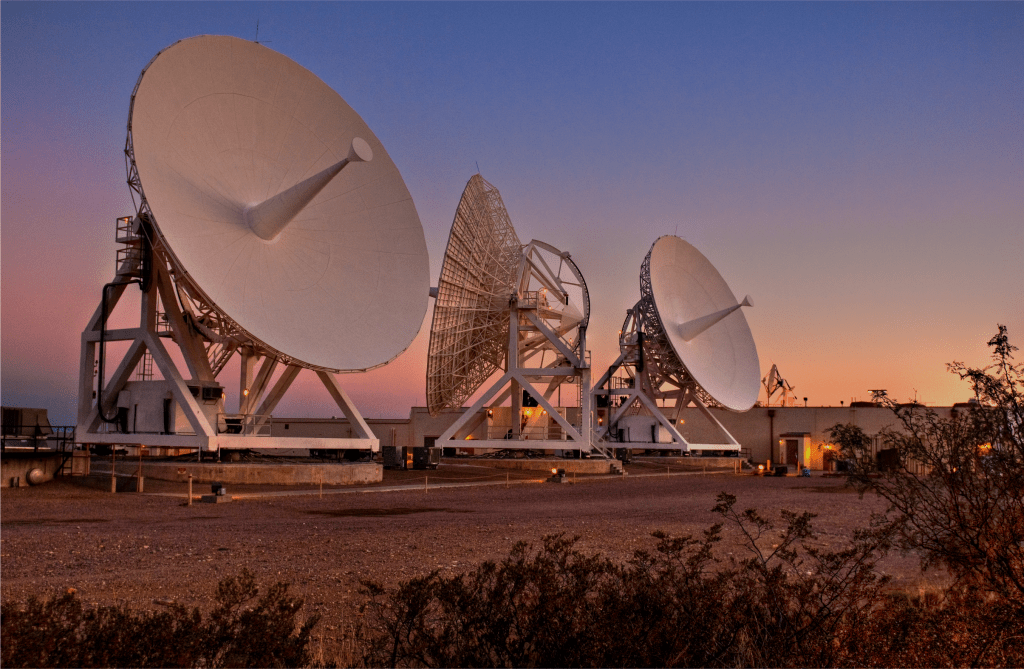
Near Space Network Services
NASA’s Near Space Network (NSN), an aggregation of the former Near Earth Network and Space Network, is a worldwide network comprised of commercial and government-owned, contractor-operated space communications infrastructure. The NSN provides space communications and tracking services to missions operating in near-space, which extends to two million kilometers from Earth. The NSN enables crewed, robotic, and launch vehicle missions through the use of NASA-owned stations and through cooperative agreements with interagency, international, and commercial service providers.
The NSN acts as a liaison for customers that need communications and navigation services in the near space region–out to two million kilometers from Earth. As a single, end-to-end network, the NSN orchestrates communications services, space links, and data transports for users. Additionally, the network serves missions throughout their entire lifecycle, providing requirements analysis, spectrum management, communications analysis, service agreements, mission design, mission planning, launch, operations, and post-mission support activities. As a result, the network ensures its users have robust and reliable services that fully support their mission objectives.
With the NSN, missions no longer need to independently research service providers. The NSN leverages a broad spectrum of capabilities available through government and commercial link providers and negotiates with providers on behalf of all missions to lower costs. Users can confidently rely on the expertise of NASA’s Goddard Space Flight Center, which has a legacy of excellence in managing NASA communications services.
ACCESS Project
The Advanced Communications Capabilities for Exploration and Science Systems (ACCESS) project operates, maintains, and sustains NASA’s government-owned, contractor-operated ground and flight-based systems. The project leverages NASA’s 60 plus years of communications and navigation expertise to ensure that missions can send their data back to Earth for scientific discovery. For missions utilizing NASA’s government-owned, contractor-operated systems, the NSN connects them with ACCESS services.
Customers for the NSN include:
- NASA Missions
- National Oceanic and Atmospheric Administration
- National Science Foundation
- Department of Defense
- Boeing
- Lockheed Martin
- Japan Aerospace Exploration Agency
- Centre National d’Etudes Spatiales (France)
- European Space Agency
Tracking Data and Relay Satellite (TDRS) System
Tracking Data Relay Satellite (TDRS) System
The Tracking and Data Relay Satellite system is NASA's network of specialized communications satellites in geosynchronous orbit that provide space relay communication services to many NASA spacecraft.
Learn More
Deep Space Network Services
The Deep Space Network (DSN) is comprised of three major tracking sites around the globe that can provide continuous communication and navigation support for the world’s deep space missions. The three sites, Goldstone (USA), Madrid (Spain), and Canberra (Australia), are spaced approximately 120 degrees apart in longitude to provide nearly continuous tracking coverage for missions above the Geosynchronous Earth orbit of 35,786 km (22,236 mi). Each site has large, steerable 34-meter and 70-meter antennas with sensitive cryogenic receivers and large 20 kW transmitters. The DSN shows a real-time status of communications with the deep space explorers at DSN Now.
The DSN is operated 24 hours a day, seven days a week, 365 days per year. Operations on the network run above 95% proficiency every month, with typical operating proficiency above 99%. The DSN provides communications services to a wide array of customers to include:
- Deep space missions, including those requiring extreme sensitivity
- Lunar missions and distances beyond
- Relay operations at Mars (providing services to a secondary set of customers on the Martian surface)
- Lagrange point missions (Earth-Sun and Earth-Moon) and missions in a Highly Elliptical Orbit (HEO)
DSN Services Catalog
| Frequency Bands | Trajectories/Orbits | Mission Phases | Services |
| L-Band | GEO | Early-orbit | Data Transport |
| S-Band | HEO | Operations | Command + Telemetry |
| X-Band | Lunar/Lagrange | Disposal | Navigation |
| Ka-Band | Extra-Lunar/Planetary | Science |
Trajectory Profiles
Space Communications and Navigation (SCaN) has an extensive history of supporting numerous customer platforms with disparate orbits and trajectories—including sub-orbital missions, over launch trajectories, and into deep space. The SCaN networks work together to provide complimentary support to missions of varying trajectory and orbit profiles. The following list describes the varying mission trajectory profiles of SCaN supported missions:
The Near Space Network (NSN), the Deep Space Network (DSN), and partner commercial networks together to enable SCaN to provide communications and navigation services over the full operational life cycle of a mission from launch to de-orbit. Because the complimentary capabilities and focused approach of the individual networks makes complete coverage possible, support to customers is not limited by the mission’s flight path or operational orbit. SCaN networks can support communications and navigation for expendable launch vehicles, robotics payloads, human spaceflight missions, science missions, the development of radiometric technology, and inter-planetary exploration. As part of its commitment to mission success, SCaN aids missions in identifying the appropriate network(s) to meet their needs during mission planning and integration.
The NSN is composed of a direct-to-Earth (DTE) element and a space relay (SR) element. The DTE element is primarily composed of ground stations with antennas up to 18 meters in diameter and is focused on supporting launch and operational activities in the low Earth orbit range, as well as geosynchronous orbit, Lunar and Earth-Sun Lagrange points. Most DTE antennas slew very quickly to enable the NSN to track launch vehicles during ascent and high speed, low altitude missions with brief visibility windows.
The space relay element is composed of a constellation of relay satellites in geosynchronous orbit pointing towards Earth and focuses primarily on continuous communications services to missions operating in medium Earth orbit and below, with support provided to high Earth orbit when the spacecraft’s orbit brings it within range. The space relay element of the NSN has near-continuous visibility to missions from launch through low Earth orbit operations.
The DSN consists of three major tracking sites around the globe that can provide continuous communication and navigation support for the world’s deep space missions. The three sites, Goldstone (USA), Madrid (Spain), and Canberra (Australia) are spaced approximately 120 degrees apart in longitude to provide nearly continuous tracking coverage for missions above the geosynchronous Earth orbit of 35,786 km (22,236 mi). Each site has large steerable 34-meter and 70-meter antennas with sensitive cryogenic receivers and large 20 kW transmitters. The DSN has an extensive history of supporting lunar, Lagrangen and planetary missions, and is operated 24 hours a day, seven days a week, 365 days per year. Operations on the network run above 95% proficiency every month, with typical operating proficiency above 99%.
Trajectory Profiles
- Launch/Launch and Early Orbit Phase (LEOP): NSN, DSN
- Suborbital: NSN
- Low Earth Orbit (LEO): NSN
- Medium Earth Orbit (MEO): NSN, DSN
- Geosynchronous Orbit (GEO): NSN, DSN



























